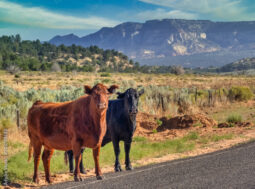 On this week’s How on Earth we’re airing a show produced by Science Moab‘s Peggy Hodgkins. She speaks with Professor Kari Veblen, who is currently a professor of rangeland ecology at Utah State University. Her research focuses on the ecology and management of rangelands, including questions related to restoration, plant community dynamics, grazing and unraveling livestock vs. wildlife effects on their environment. Her research takes place predominantly on multi-use rangelands that are managed simultaneously for livestock production and wildlife conservation. She works closely with both public and private land managers, as well as interdisciplinary teams of scientists, to find ways to improve restoration and other management practices.
On this week’s How on Earth we’re airing a show produced by Science Moab‘s Peggy Hodgkins. She speaks with Professor Kari Veblen, who is currently a professor of rangeland ecology at Utah State University. Her research focuses on the ecology and management of rangelands, including questions related to restoration, plant community dynamics, grazing and unraveling livestock vs. wildlife effects on their environment. Her research takes place predominantly on multi-use rangelands that are managed simultaneously for livestock production and wildlife conservation. She works closely with both public and private land managers, as well as interdisciplinary teams of scientists, to find ways to improve restoration and other management practices.
Executive Producer: Susan Moran
Show Producer:Beth Bennett
Headline: Joel Parker
Engineer: Jackie Sedley
Listen to the Show:
Podcast: Play in new window | Download (Duration: 27:41 — 24.1MB)
Subscribe: RSS



 In this episode, we talk with journalist and author
In this episode, we talk with journalist and author 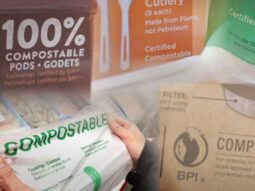 Making “Compostable” Products Truly Compostable (start time: 0:56) Y
Making “Compostable” Products Truly Compostable (start time: 0:56) Y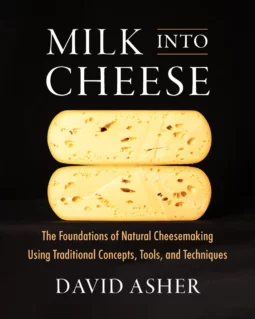 This week on How on Earth, Beth talks with author and cheesemaker extraordinaire and author, David Asher, about his
This week on How on Earth, Beth talks with author and cheesemaker extraordinaire and author, David Asher, about his 
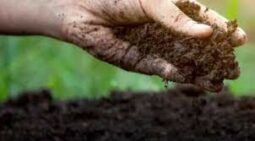
 On this week’s show, Beth speaks with Jennifer Ackerman, about her new book,
On this week’s show, Beth speaks with Jennifer Ackerman, about her new book, 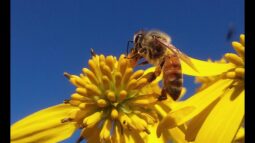 This week on How on Earth, we revisit bees and pollination biology. Beth spoke with Professor Michael Breed about honeybees and other pollinators. These insects provide crucial service to our agricultural systems by pollinating flowers whose seeds and fruit produce our foods. But many of us ignore or take them for granted. The Colorado State University Extension Service offers a
This week on How on Earth, we revisit bees and pollination biology. Beth spoke with Professor Michael Breed about honeybees and other pollinators. These insects provide crucial service to our agricultural systems by pollinating flowers whose seeds and fruit produce our foods. But many of us ignore or take them for granted. The Colorado State University Extension Service offers a  Birds of Spring, Habitat Preservation (start time: 3:08) It’s springtime, when many of us are woken up at the crack of dawn by a chorus of chickadees or other songbirds outside. To celebrate these emblems of spring, and World Migratory Bird Day (May 18), How On Earth’s Susan Moran interviews two bird/nature experts about the state of affairs for the North America bird population , including threats to their survival, efforts to preserve their habitats, and how we humans can get outside and appreciate the natural world while helping to give birds, insects and other wildlife a leg up.
Birds of Spring, Habitat Preservation (start time: 3:08) It’s springtime, when many of us are woken up at the crack of dawn by a chorus of chickadees or other songbirds outside. To celebrate these emblems of spring, and World Migratory Bird Day (May 18), How On Earth’s Susan Moran interviews two bird/nature experts about the state of affairs for the North America bird population , including threats to their survival, efforts to preserve their habitats, and how we humans can get outside and appreciate the natural world while helping to give birds, insects and other wildlife a leg up. 